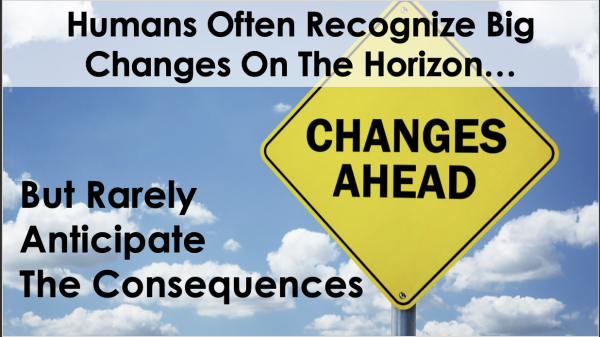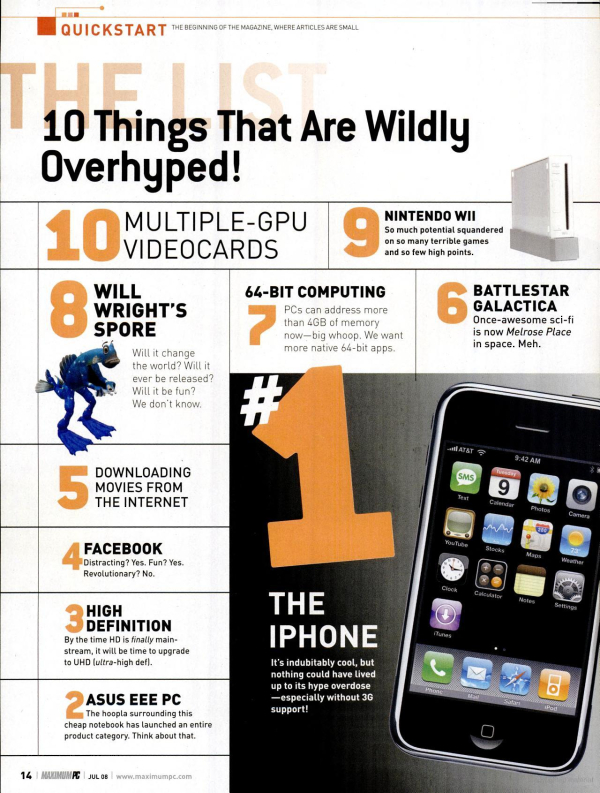Just because something is overhyped doesn’t mean it’s bad.
Gartner’s Hype Cycle is a great example of this concept. It highlights the likely cycle of inflated expectations, disillusionment, and, ultimately, utility.
The key takeaway from the Hype Cycle model is that much of what happens is predictable … and that a significant portion of the extreme swings are based on human nature rather than technical merit.
Haters are going to hate, and sometimes a fad is more than a fad. For example, here is a front-page article from the New York Times in 1879. It questions the utility of electric lights as a replacement for gas-powered lighting. In case you were wondering, that one might have been a bright idea.

The point is that humans have proven themselves to be pretty bad at exponential thinking. We’re not bad at recognizing periods of inflection, but we often have trouble recognizing the consequences of the change (and the consequences of those consequences) and predicting who the winners and losers will be as a result of those regime changes.

There are countless examples. Here’s a funny one from Maximum PC Magazine in 2008. It shows that hype isn’t always a sign of mistaken excess. This list purported to show things that were getting too much attention in 2008. Instead of being a list of has-beens and failures, many of these things rightfully deserved the attention and hype they were getting.

It’s been over 15 years since this came out. How did the predictions hold up?
Apple has become one of the world’s biggest and most successful companies (with a market cap approaching 3 Trillion dollars). The iPhone has sold over 2.2 billion phones and accounts for over half of Apple’s total revenue. Meanwhile, Facebook has become Meta and is also one of the biggest and most successful companies in the world (with a market cap of well over a Trillion dollars). And the list keeps going: HD video, 64-bit computing, downloading movies from the internet, and multiple GPU video cards.
Take just that last one. Nvidia has been the primary beneficiary of GPU growth, and it is one of the highest-performing stocks of the past few decades (with a market cap of well over 2 trillion dollars).
It’s hard to believe how poorly this image aged.
Remember that the trend is your friend while it continues.
Just because something is overhyped – doesn’t mean you shouldn’t be excited about it.
The key is to stop thinking about the thing that’s being hyped and, instead, to start thinking about how to use things like that to create what you really want.
Onwards!

Leave a Reply